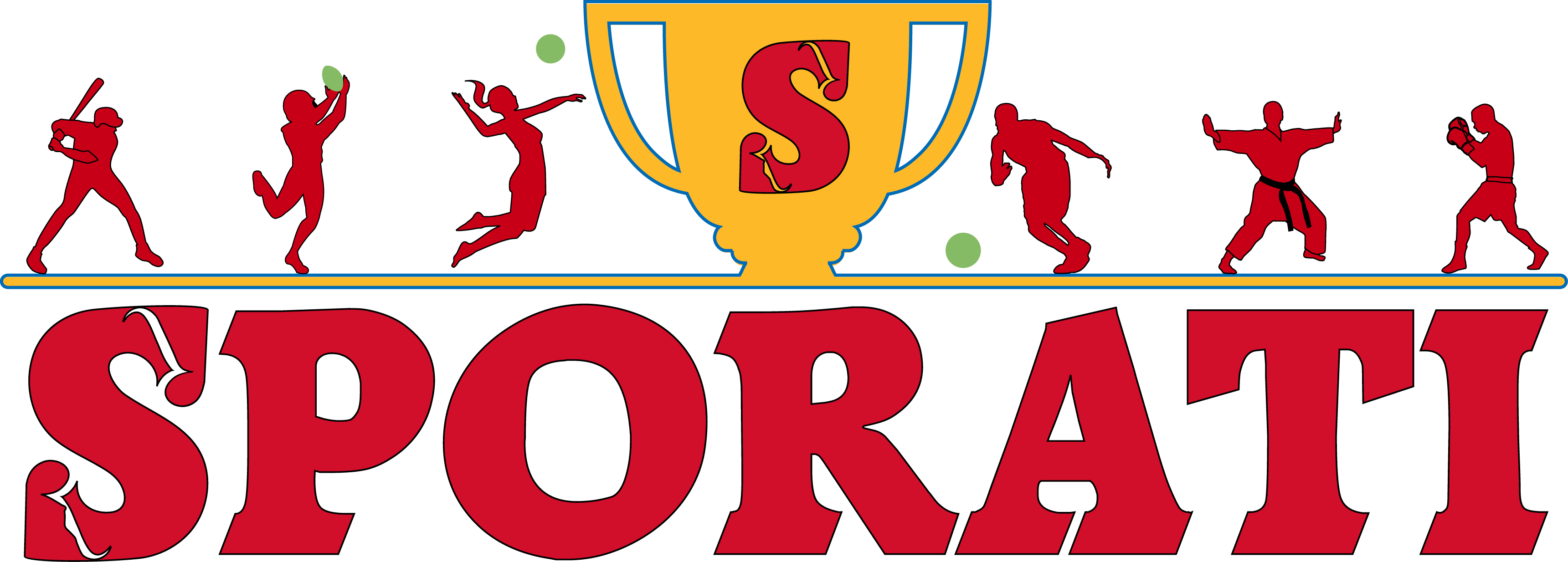Stellantis to Power 2026 Winter Olympics with Cutting-Edge Vehicle Fleet
Stellantis Powers 2026 Olympics
The 2026 Winter Olympics just got a serious upgrade in the mobility department. Stellantis, one of the world’s largest automobile manufacturers, is set to be the driving force behind the Games in Italy. The company will provide a fleet of state-of-the-art vehicles, ensuring smooth, eco-friendly, and efficient transport for athletes, officials, and staff across various venues.
A Winning Partnership
Hosting an event as massive as the Winter Olympics requires meticulous planning, and transportation plays a key role in ensuring everything runs like clockwork. Stellantis, the multinational automotive giant formed from the merger of Fiat Chrysler Automobiles and PSA Group, has stepped up to deliver mobility solutions for the 2026 Games in Milan and Cortina d’Ampezzo.
With sustainability at the heart of the event’s logistics, Stellantis will supply a fleet packed with electric and hybrid vehicles, reinforcing the Olympics’ commitment to minimizing its carbon footprint.
Driving Sustainability at the Winter Games
Sporting events of this scale demand a high level of efficiency in transportation. With venues spread across multiple locations, from the metropolitan streets of Milan to the snow-covered Alps of Cortina, reliable mobility solutions are non-negotiable.
Stellantis is set to deliver an assortment of vehicles tailored to navigate both urban environments and mountainous terrain. While the exact models haven’t been disclosed, expect eco-friendly options from brands under Stellantis’ impressive umbrella, which includes Jeep, Fiat, Peugeot, and Citroën. Electric and hybrid powertrains will be a focal point, aligning with global sustainability goals.
This move follows a trend seen in recent Olympic Games, where hosts have embraced green technology. The Tokyo 2020 Olympics, for example, saw Toyota spearhead sustainable transport with hydrogen-powered and electric vehicles. Now, Stellantis is ensuring Italy’s 2026 Games maintain that momentum.
What This Means for the Games
Athletes require precision, reliability, and efficiency both on and off the field. Stellantis’ fleet will not only help shuttle competitors and officials between venues but will also contribute to a seamless and comfortable experience for all involved.
- Reduced Environmental Impact: With electric and hybrid vehicles, the Games will cut emissions and promote sustainable mobility.
- Optimized Logistics: Efficient transport solutions ensure a smooth schedule across multiple venues.
- Cutting-Edge Technology: Stellantis vehicles come equipped with the latest advancements in automotive innovation, providing safety and connectivity on the go.
The Road Ahead
The decision to partner with Stellantis isn’t just about moving people from point A to point B. It’s about setting a precedent for future sporting events. The push for sustainable, high-tech transport solutions is growing, and the 2026 Games will be another milestone in that evolution.
While many will be watching the action on the slopes, rinks, and tracks, there’s a good chance the unsung MVP of the Games will be the vehicles keeping the event running smoothly. Expect to see sleek, modern transport solutions painted in Olympic colors, moving through the Italian landscapes with efficiency and flair.
Final Thoughts
The Olympics are all about performance, endurance, and pushing boundaries. Stellantis is bringing that same ethos to the streets, ensuring that the Games’ transportation is as impressive as the athletic performances.
As the countdown to 2026 continues, one thing is clearwhether on ice, snow, or asphalt, these Winter Games are set to be an electrifying spectacle. And thanks to Stellantis, the ride will be just as thrilling as the competition itself.

